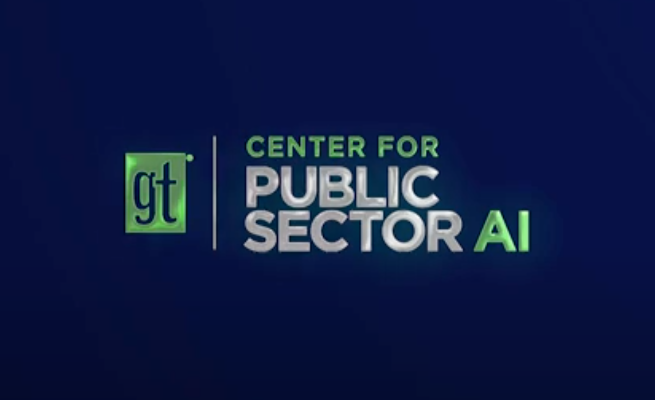
Articles
First Responders: The Front Line of Traffic Incident Management
Following traffic incident management policies can help not only make roads safer, but also working conditions for first responders.
Following traffic incident management policies can help not only make roads safer, but also working conditions for first responders.
Traffic incident management, or TIM, is one of the most important methods for first responders.
Whenever a traffic incident happens — whether it’s a single car crash or a multi-car pile up, a flood or mudslide that blocks a road, or a concert at a sports stadium — traffic needs to be safely routed around the issue so more people don’t get injured.
Rerouting traffic, providing first aid, removing damaged vehicles and debris, and even dealing with hazardous chemicals that may leak as a result of crashes, are all the sorts of tasks first responders are called upon to do.
Doing all this safely, efficiently and quickly is the goal of traffic incident management.
TIM principles
According to Police Chief Magazine, following traffic incident management policies can help reduce injuries to first responders.
“TIM may seem like a complex, tangled web of policies and directives, responsibilities and even state law, but, at their core, the TIM principles are quite simple,” California Highway Patrol Commissioner Joseph A Farrow and Oro Valley, Az Chief of Police Daniel Grant wrote.
“TIM is about getting everyone on the same page and helping the many responding teams work together to achieve their competing priorities, instead of against each other.”
Between 1986 and 2010, 278 law enforcement officers were killed by vehicles while responding to traffic incidents, according to the Virginia Association of Chiefs of Police.
EMS traffic incident management
The Responder Safety Institute recommends that all EMS personnel take a 10 module course to get a National Traffic Incident Management Training Certificate from the Federal Highway Administration.
The modules cover topics like having bright, reflective markings on ambulances and clothing; how and when to move vehicles; how to use the Manual of Uniform Traffic Control Devices; and how to best set up emergency lighting.
It also has a diagram and checklist for setting up around an incident and diverting traffic around it.
They also provide training on how to park ambulances and deliver aid on busy roadways before other responders arrive.
TIM in firefighting
Firefighters are also frequently called to traffic incidents and their jobs are getting more complicated as electric and hybrid vehicles are widely deployed, since battery packs can catch fire.
In addition to producing toxic fumes, the lithium in electric car batteries (much less electronic devices that might be in the car like laptops, tablets and phones) can react violently to the presence of water, according to a fact sheet from the State of New Jersey.
It is therefore imperative for firefighters to not only be knowledgeable about fire hazards in electric vehicles, but governments must also equip fire departments with the tools for putting them out safely.
A horrific example of the communications problem traffic incident management is supposed to solve is from the 1955 Le Mans disaster, where a fatal crash during an endurance race on the roads of central France turned horrifying when responding firefighters sprayed water on a burning car. Sadly, none of the race organizers had told them was using an experimental magnesium chassis — which, like lithium, produces volatile hydrogen gas and heat when exposed to water — that exploded, contributing to the 84 deaths.
Eliminating information silos
The different responsibilities of first responders make the coordination and communication aspects of traffic incident management vitally important for everyone’s safety.
It is especially important, regardless of the incident, that everyone work and train together to break down the communications and information silos.
Firefighters can train on electric vehicle fires, but they need to be told if an EV is involved in a crash so they can bring the proper equipment.
People at 911 call centers should make sure to ask those questions, while emergency medical service personnel and police also need to be aware of similar hazards.
These are the big areas where first responders can improve their traffic incident management.

NEWS
Recent Announcements
See how public sector leaders succeed with Urban SDK.

Company News
Urban SDK Joins Government Technology’s AI Council to Help Shape the Future of AI in the Public Sector
We’re proud to announce that Urban SDK has officially joined the AI Council, part of Government Technology’s Center for Public Sector AI

Company News
Collision Index: Proactive Traffic Safety Powered by AI
Communities now have another layer of road safety thanks to Urban SDK’s Collision Index

Customer Stories
University of Florida Transportation Institute Partners with Urban SDK to Expand I-STREET Program
Urban SDK and the University of Florida have partnered to expand the university's I-STREET Program
WEBINAR
Identify speeding and proactively enforce issues
See just how quick and easy it is to identify speeding, address complaints, and deploy officers.
